GM and DCX Set to Sell Hybrid SUV's: Big Woop
The hybrid hype has finally reached Detroit. This fall, the gi-normous GMT900-based GMC Yukon (a.k.a. the Chevrolet Tahoe) will offer optional dual-mode hybrid engine technology. Next year, Chrysler will follow suit with a hybrid Durango/Aspen. Both automakers promise 25 percent better mileage on the highway. Chrysler is claiming a 40 percent increase in the city. GM promises a 25 percent urban gain. Happy days are here again! You’ll soon be able to have your SUV and afford to drive it too! And cool the planet! Or, you know, not.
While the idea of a full-size hybrid SUV may send California’s Governator into a muscle flexing frenzy, one doesn’t have to read too carefully between the lines to see the abject futility of this venture. Let’s crunch a few numbers.
According to our friends over at the Environmental Protection Agency (EPA), the Yukon/Tahoe twins burn gas at the non-PC pace of one gallon every 16 miles in town, and once every 21 miles on the open road. Chrysler’s most efficient V8 uses gas at a buttock-clenching 14/19 mpg.
To fix this sales sucking situation, GMC and Chrysler have equipped their big rigs with Prius-like (though proprietary) dual-mode hybrid technology. At low speeds and light loads, the hi-tech SUV’s can move forwards (or backwards) via electric power, internal combstion or some combination thereof. At high speeds or heavy loads (i.e. drag racing with a bass boat behind), the hybrid's batteries assist the engine. Add regenerative brakes and displacement-on-demand cylinder deactivation and away you go.
Surely all this ground-breaking technology will provide significant efficiency improvements and fuel cost savings. I don’t know about you but I’m thinking, what, mid to high 20’s? That kind of improvement might even give the SUV genre a new lease (five year loan?) on life. No sir.
For those of you who haven't done the math yet, the hybridified GM and DCX SUV’s are set to eke out a paltry 19-20mpg. And that’s city driving, where hybrids typically shine.
The enemy, of course, is weight. Just as you can’t make a silk purse out of a sow’s ear, you can’t turn a gas hog into silk pajamas (or something like that). Although GM is retrofitting the hybrid Yukahoe with aluminum components to compensate for 300 lbs. of batteries, it’s more or less a wash. The SUV’s will still weigh in at nearasdammit 5000 lbs. (or more depending on drivetrain).
Bottom line: a 25 percent improvement on not much ain’t a whole lot. But it is something, right?
“We have to think hard about the consumer who buys vehicles like the Dodge Durango and the Chrysler Aspen,” prevaricates Mark Chernoby, who’s just one letter away from having the world’s worst name for a VP of Advanced Vehicle Engineering. “These are people who want to have hauling capability.”
OK, but how many people who really need 8900 lbs. of towing capacity are gonna fork out a bunch more money for a vehicle offering few more mpg’s– especially when there's a lot full of heavily discounted non-hybrids lazing around?
Yes, here we go again: the “hybrid premium.” Forking out a couple of thousand bucks extra for hybrid tech has got to be pretty low on your average SUV buyer’s “to do” list. Buyers who previously owned full-sized SUV’s as status symbols (and got religion down at their local pump ‘n pay) have either left the genre already or can’t wait to do so. And any Chevy, GMC, Dodge or Chrysler dealer who thinks he’s going to see Prius drivers wheeling into his lot to trade-up to a hybrid SUV is plumb crazy.
It’s no surprise that the domestic automaker’s first serious hybrid offerings have arrived in SUV form. SUV’s are cheap to build, the factories and suppliers are already in place and they’re the automakers’ highest profit product. Besides, genuine clean sheet designs are extremely expensive and risky propositions. Better to stick with what you know.
But American consumers will quickly see that boosting SUV gas mileage by 25 percent is nothing more than porcine lipstick application. If gas prices crest four bucks a gallon this summer, this insight will only require of femtosecond of consumer decision making. The odds that gas prices will trend downwards enough to lure large numbers of SUV buyers by the fall, when GMC unleashes their hybrids, are smaller than the Honda Fits, Nissan Versas, Toyota Yari and Chevrolet Aveos many of SUV refugees are now driving (no, really).
By the same token, Chrysler will enjoy the privilege of watching GMC fail to sell their hybrid Yukahoes before they open the gates on gas – electric Aspangos. Perhaps DCX (or whomever) will learn by example and not spend precious advertising and marketing resources on this ill-advised makeover. Maybe they’ll build a hybrid-powered 300C instead, to help revive that line’s flagging sales. Who knows? Maybe gas pigs can fly.
I'm a computer security geek raised in Nebraska and recently transplanted to Atlanta. I like me some cars, got into car geekery a few years ago and haven't looked back since. I also volunteer at a local ferret shelter and participate in various charity and fund-raising events related to that.
More by Megan Benoit
Latest Car Reviews
Read moreLatest Product Reviews
Read moreRecent Comments
- Arthur Dailey 'Ere it's a nice little runner.Actually anyone with my log-in/sign-in name and picture absolutely should not be commenting on this article.
- Arthur Dailey Is the original Legend absolute peak Honda?
- MaintenanceCosts Curb weight of this version is likely north of 4500 pounds. Expect it to feel like a W221 S-Class, not a sporty coupe.
- Parkave231 New Oldsmobiles are in early this year.
- MaintenanceCosts "While there are absolutely exceptions, the days of the super-sleazy used car dealer seem to be behind us here in the States."Citation needed.

















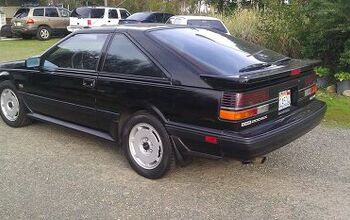
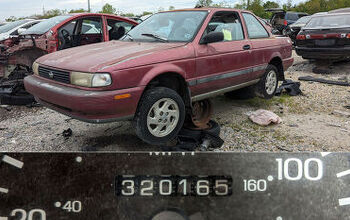
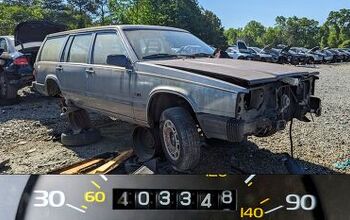
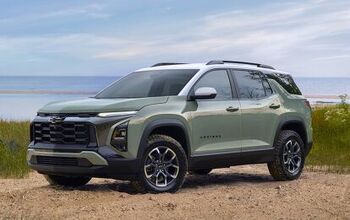
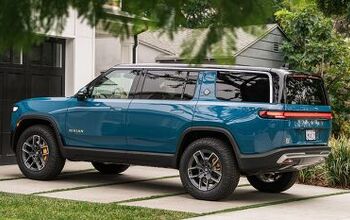
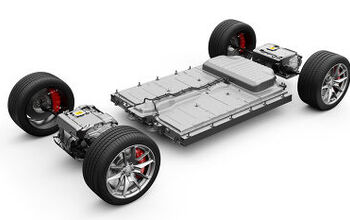
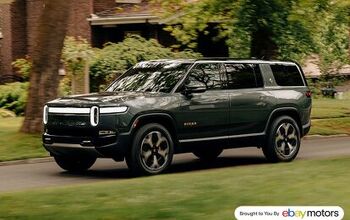
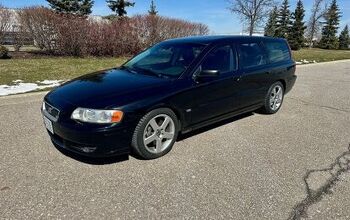
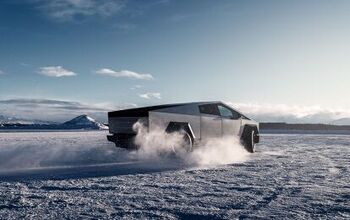
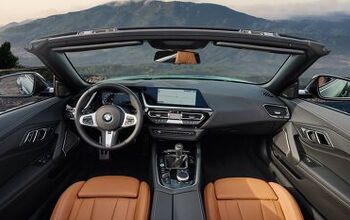

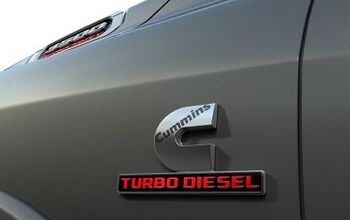
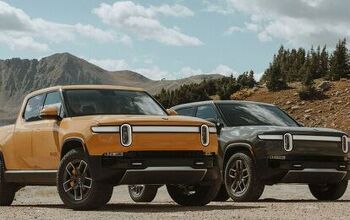
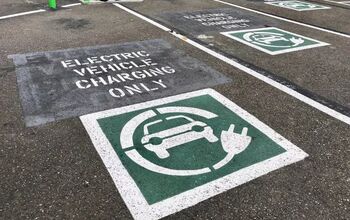
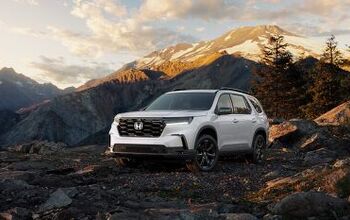
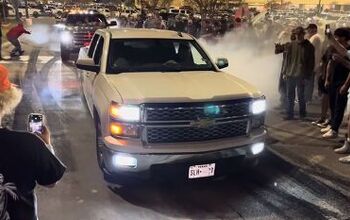
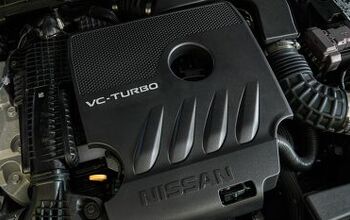
Comments
Join the conversation
I don't think this article is quite fair.. Its a step forward. I'm not defending trucks by any means (I think the vast majority of us would do just fine driving station wagons and minivans), but there's a certain segment of people who want these monsters... So, if a 25% gain from 16mpg to 20mpg is all it gets, at least its _something_. We're witnessing automakers in a transitional phase, as we try to get away from the traditional vehicles to something more efficent from diesel to HEV to PEV. Every little step counts for something.
"Don’t forget that miles per gallon is an inverse unit so comparing changes at different levels can be misleading; the ’same’ change makes more difference at the low end. For a fixed amount of driving, going from 16mpg to 19mpg (19% improvement) saves more gas than going from 35mpg to 50mpg (43% improvement)." So for a given amount of driving, and a given number of vehicles, we'd see more improvement uping the mileage on big SUVs by a few MPGs than we would uping the mileage on little econo-boxes by 15. Of course, it would also help if all the people who drive large SUVs, but have no real need for a vehicle that size would get into something smaller and more efficient.